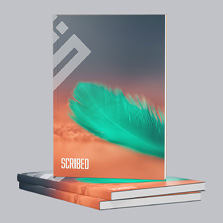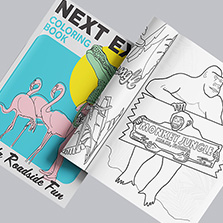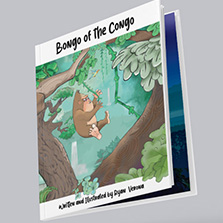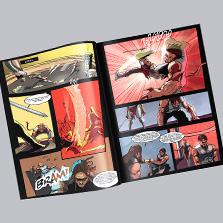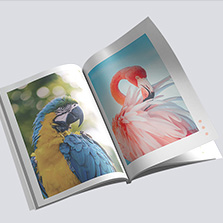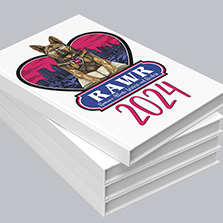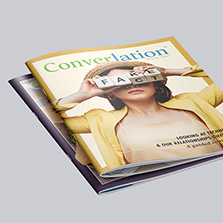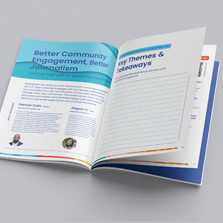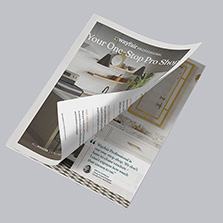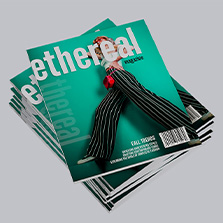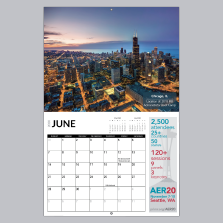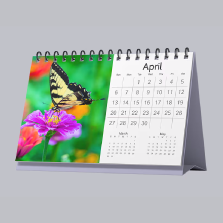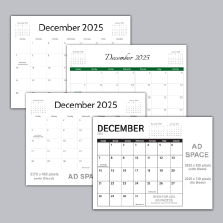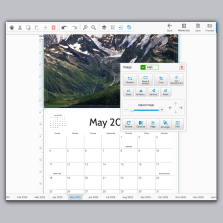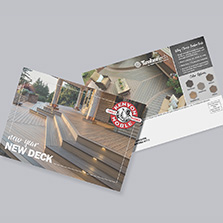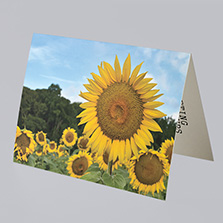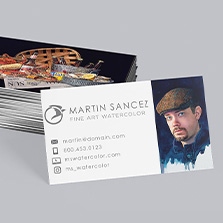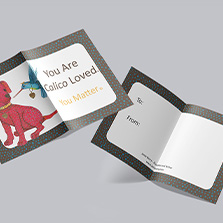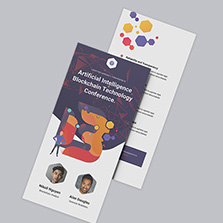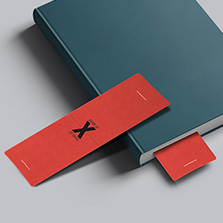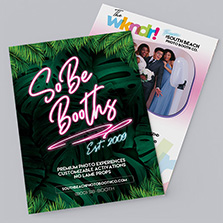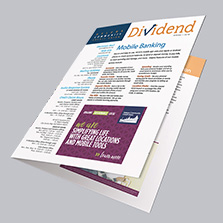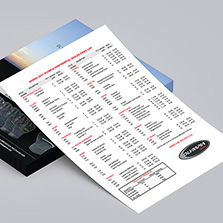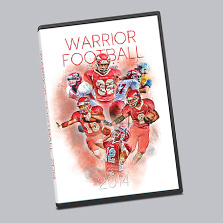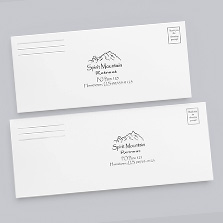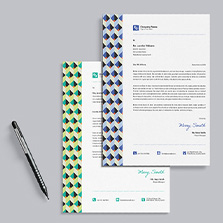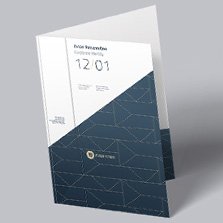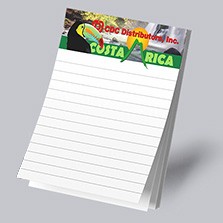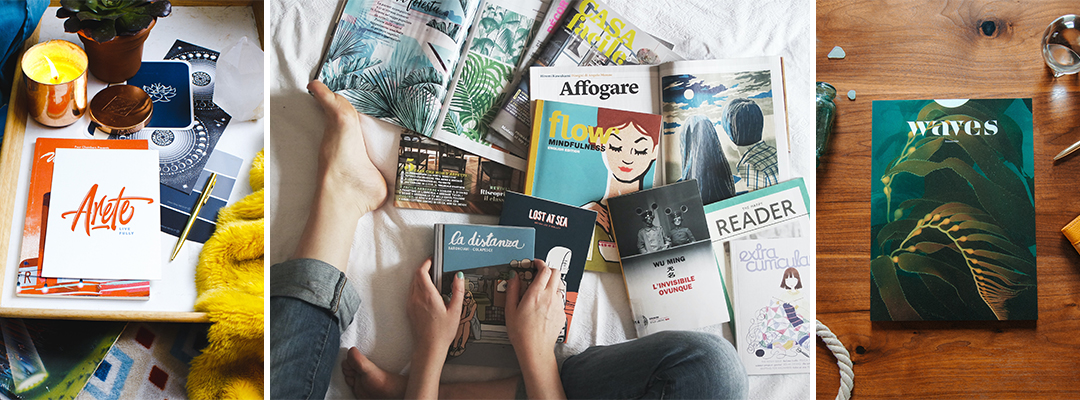
Design Tips for Creating Eye-Catching Book Covers
Are your book covers failing to capture the eye of potential readers? With these design tips, you can create gorgeous, eye-catching covers that will get more people to grab your book or booklet off the shelf. Discover the secrets of beautiful book cover design and see how you can make your book cover stand out from the crowd. Read on to find out more!
Create Stunning Book Covers: Design Tips & Ideas!
When you’re ready to create the best book cover design, we have some ideas to make it unforgettable, including book design templates and tips for finding the best book printing services. Let’s start with some basics.

Understanding the Basics of Book Cover Design
When it comes to designing a book cover, there are several basics that individuals should consider. First and foremost, the purpose of a book cover design is to capture the reader’s attention and convey the essence of what lies within its pages. This means you should consider various elements such as color, typography, imagery, and overall layout.
Color
One important aspect of book cover design is choosing an appropriate color scheme. Colors evoke emotions and can set the tone for readers before they open up your work. For example, blue can be calming and peaceful, while red can be energizing and romantic. Many book publishers incorporate this strategy into their designs to quickly entice their readers.
Typography
Typography is another critical component in creating an eye-catching design for your book cover. Choosing font styles that complement each other will ensure that the text on your cover stands out while remaining readable from afar. A key tip for book cover design is to blend the text and graphics together. This integration creates a cohesive and engaging visual. Let the image stand out while incorporating the text creatively, such as by using shadows or embedding words within the image. This approach adds dimension and draws readers in, making them more likely to pick up your book and explore further.
Imagery
Imagery also plays a significant role in capturing readers’ attention, with enticing visuals often used as focal points on covers. You want to choose images that give clues about what might be found inside or hint at themes explored therein that can help draw people toward potential purchases!
White Space
Don’t forget about whitespace! Negative space around visual elements creates breathing room in designs while making them feel less cluttered, enhancing readability by keeping things minimalistic yet visually appealing.
Finally, you need to think about how best to present all these elements together so they’re pleasing aesthetically but also practical. You don’t want to detract from readability by making your design too busy!
Keeping these basic principles at heart when designing your book covers will give you something truly amazing. Plus, at PrintingCenterUSA, you can use our free book printing templates to help you design exactly what you want (and then we’ll help you order and print your books, too!).
Quick Tips for Crafting a Great-Looking Book Cover
Designing a book cover is an art form in itself, and it’s easy to feel overwhelmed when faced with the task of creating an eye-catching design. Fortunately, there are plenty of tips and tricks you can use to craft a great-looking book cover that will catch the eye of potential readers.
Firstly, keep your target audience in mind at all times.
The design elements used for a young adult novel or children’s book differ significantly from those used for a memoir or biography. Consider what imagery would appeal most strongly to your desired reader demographic. This will refine the style of your book cover design as you come up with more ideas. Take your time and understand what will appeal to your readership, and what won’t, and let these insights guide your design process. Once you have settled on a target audience, keep these readers in the back of your mind as you continue to design your book cover.
Secondly, simplicity is key!
A cluttered or overly complex design might look impressive up close but won’t translate well when viewed at smaller sizes (like on Amazon). Instead, opt for clean lines and bold typography that can make an impact even when seen from afar. Simple book covers are easy for the viewer to understand at a glance. While you may want to include all sorts of details, leave the unnecessary details for the back cover. This will allow the image to breathe while keeping the text bold and your message clear.
Thirdly, don’t be afraid to experiment!
Try different color schemes and font combinations until you find what works best for your project. Explore examples online before settling on any particular style. Inspiration can come from anywhere – nature photography or artwork found while traveling!
Fourthly, find the right printer!
You need someone who has proved time and time again that their print quality is reliable. It’s also important that they contain world-class standard manufacturing capabilities. So not only should your booklet cover turn out amazing, but so should the entire book!
Clearly Highlight the Genre
Are you writing an action novel? Horror? Romance? Whatever category you fall into, your book cover design should clearly impart the book’s genre to readers. While many readers enjoy a variety of genres in their book selection, most will stick to one or two categories.
With this in mind, it makes sense that people won’t buy your book if they pick it up expecting a fantasy novel, but after reading the description, find it’s actually a collection of short comic stories. This is a sure-fire way of repelling readers from purchasing your book and putting it back on the shelf.
Similarly, if someone is looking for short comic stories, they will pass over your book since they aren’t interested in gloomy imagery with a dramatic color scheme. All in all, it’s a good idea to select elements in your design that mimic the feel of your writing genre. This way, you can be sure that you’re going to captivate your main readership, right away.
Less is More
The best way to create an eye-catching and memorable design is to keep it simple. Simple book covers are easy for the viewer to understand at a glance. While you may want to include all sorts of details, leave the unnecessary details for the back cover. This will allow the image to breathe while keeping the text bold and your message clear.
The goal here is to convey your book’s main idea with a single image, drawing, and font to avoid detail covering every inch of the cover. This is especially true for books with a more serious tone underneath them, such as self-help, philosophy, or education.
In a society where we are constantly being overwhelmed by sensory information, this book cover design hack will ensure yours is classy and effective.
Utilizing Templates for an Easy, Professional Look
When creating eye-catching book and booklet covers, utilizing templates can be a great way to achieve a professional look without putting in hours of design work. Professionals have created these pre-made designs and are ready to customize with your images, text, and branding.
One benefit of using these templates is the ease of use. Even those who may not have extensive design experience can create professional-looking covers with just a few clicks. Templates often include pre-set fonts and color schemes that complement each other well.
Whether you’re designing your first cover ever – like as an upcoming self-published author – or simply looking for inspiration ideas, we hope we’ve given you a couple of tips to make your cover design just a tiny bit easier!
Test & Refine
You may have several different ideas for your book cover design, so the best way to see what is the most viable is to experiment and test with your target audience. You can create simple social media advertising campaigns or polls to see which design ideas readers respond to the best. You’ll have to spend a little bit more money, but it could have a significant impact on the number of copies you sell.
After collecting your feedback, refine your book cover design graphics into a final concept. This can include the color scheme, typography, location of the text, font, and graphics.
Polish off the Final Design
It’s time to put the finishing touches on the final design! Refine any subtitles, logos, or images for your book cover, including the front and back covers and spine. Double check it is compatible with the right format that you are publishing your book in. A crucial element to finalize is the spine width. The book’s title, your name, and your (or the publisher’s) logo are often printed on the spine, which is the main portion of the cover. Because hardcovers are thicker than paperbacks, be sure to adjust the spine margins appropriately so that the book can fold without the text becoming distorted.
Taking Advantage of Different Printing & Binding Services
When it comes to designing a book or booklet cover, one of the most important decisions you’ll make is choosing the right printing and binding services. With so many options available today, deciding which services will best suit your needs can be overwhelming.
However, using different printing and binding services can elevate your design and make your book stand out on shelves or online marketplaces.
Work with a professional printer that offers different types of bindings—such as saddle stitching, perfect binding, or wire-o binding —you’ll have more flexibility in terms of layout and content placement. Additionally, high-quality paper stocks can ensure that images look vibrant and text is easy-to-read for readers.
Saddle Stitched
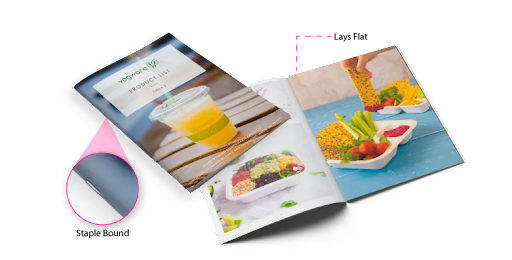
Perfect Binding
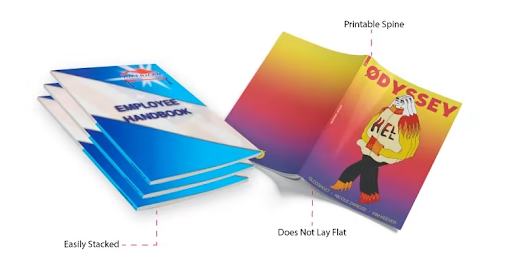
Wire-O Binding
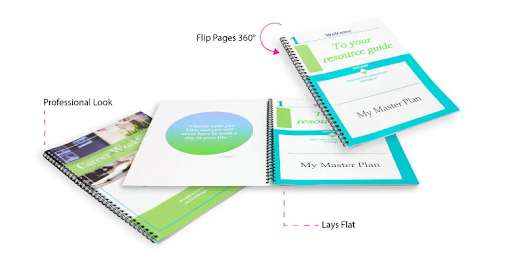
Finally, don’t hesitate to ask for samples from different printers before deciding. Seeing physical examples up close can help determine which printing techniques work best with your design aesthetic. At PrintingCenterUSA, you can even get a free sample pack from us.
Considering all the options available when it comes time for print production—from typeface choices down to materials selection—a designer’s eye-catching concept has an even better chance of success!
Get Started with PrintingCenterUSA Today!
Creating a book cover is a great way to showcase your work and make it stand out from the competition. With the help of these design tips, you can create an eye-catching book cover that will draw readers in. Be sure to consider the size, shape, and colors of your cover and the typography. Next, utilize book cover design templates to help you get started, or contact a professional for advice or assistance. Finally, use our book printing services to ensure your book cover looks perfect and comes out as intended.
If you have questions, need help with our design tools and templates, or want to talk to a real person about your upcoming print project, call us today! We’d love to help you create unforgettable books and walk you through each step.

